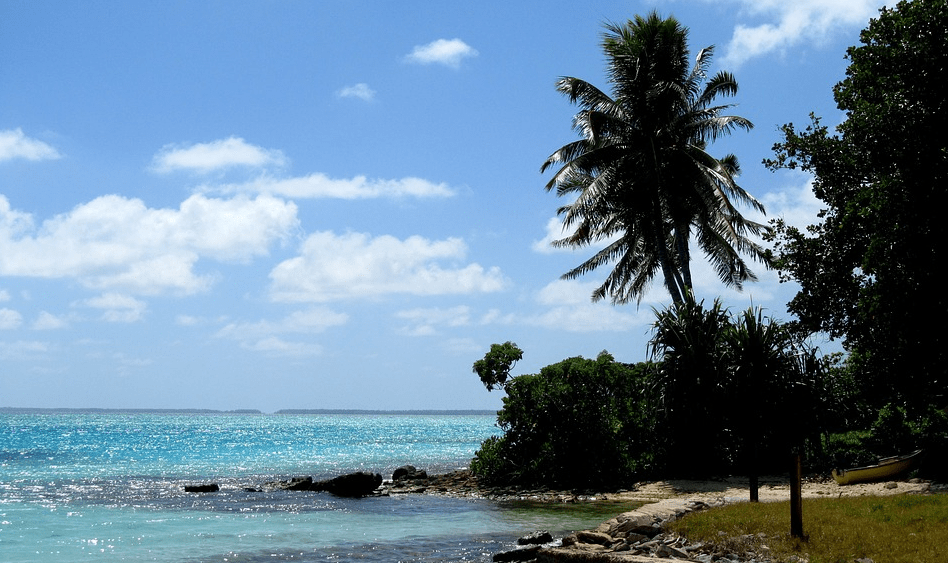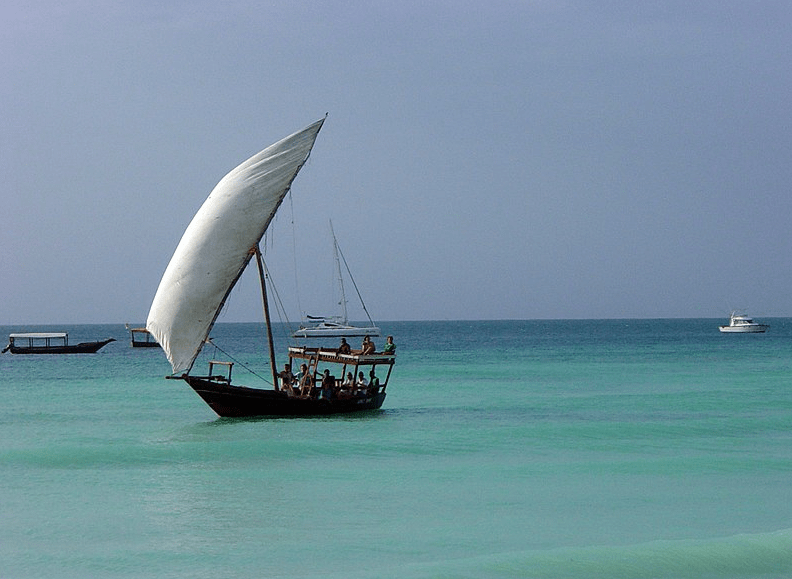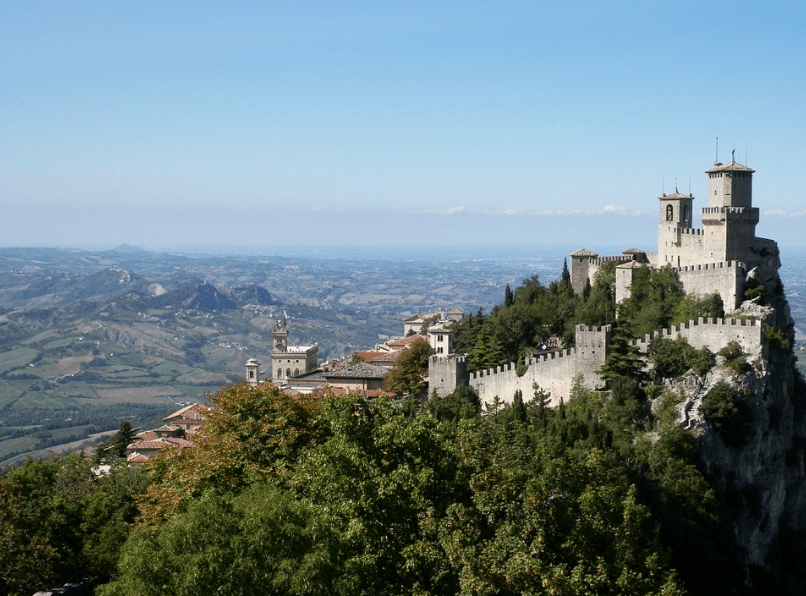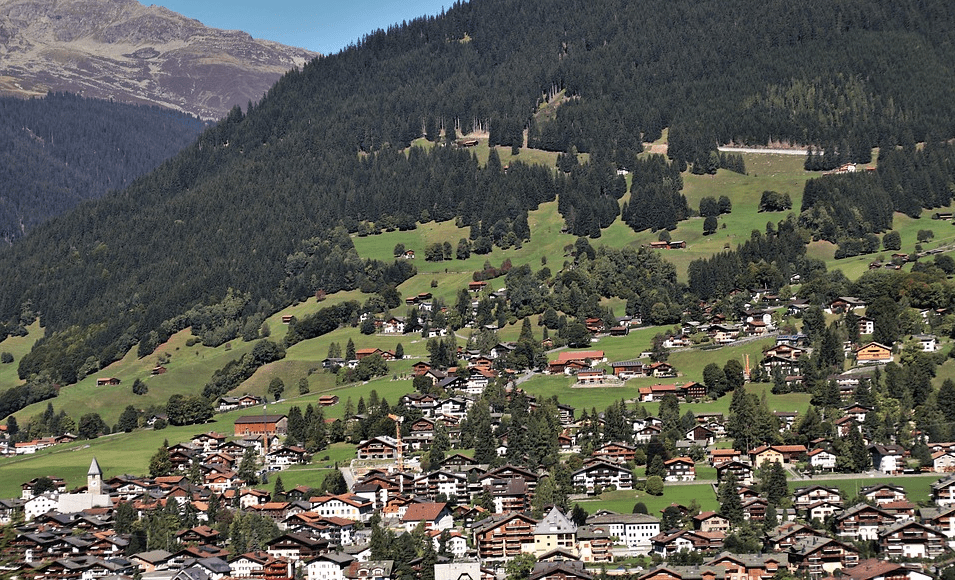You may have jostled your way through crowds at the Great Wall of China. Or you may have sailed past the crowded floating markets in Bangkok. Or you may have shuffled past hundreds of selfie-takers in front of the Eiffel Tower, and added another weight to Parisian bridges with your “love locks.”
Look at the stark difference between the most-visited and least-visited countries. In 2017, over 87 million foreign tourists visited France, with many of them, obviously, flocking to Paris. That same year, about 2,000 international tourists arrived in the South Pacific island nation of Tuvalu, where it’s easy to find a beach – and even uninhabited islets – to yourself.
With this glut called “overtourism,” it’s easy to think that the world is full of people. Not so. Try straying away from the popular tourist destinations and see what you’ve missed out on in the least-visited countries in the world.
These least-visited countries are usually remote, with poor roadworks, and often with just one way in or out. As such, these are some of the most authentic places you can visit today. And there’s an added benefit: fewer crowds – or sometimes, no crowds at all! You will be able to enjoy your holiday peacefully. Discover pristine beaches untouched by commercialism, unspoiled jungles, little-known ancient enclaves and other unheard-of places with delightful surprises awaiting curious and adventurous tourists. Add some of these countries and territories to your travel bucket list for an experience you will never forget.
1) Tuvalu
Most people have not likely heard of Tuvalu. With over 100 islets scattered across the Pacific, the South Pacific country of Tuvalu is one of the most remote nations. In 2017, it received around 2,000 visitors.
Tuvalu’s main island, Funafuti, is the only place there that has an airport, thanks to an airstrip constructed during World War II. That will give the country the chance to be connected to the rest of the world if it’s only twice weekly on a service from Fiji.
These sparsely populated islands were untouched by commercialism. In Tuvalu, you can peacefully watch fish skimming the water, spend a lazy afternoon on a hammock under towering coconut trees, stroll powdered sugar beaches or snorkel for colorful reefs.
Sadly, though, Tuvalu has been on the news recently due to the effects of climate change. It is now on the verge of submerging since rising seas could swamp this low-lying atoll. If you are planning to go to Tuvalu, don’t wait any further before it disappears.
2) Kiribati
Kiribati is an independent island nation that lies in the central Pacific Ocean, with an estimated population of 119,000 (half of the numbers live in the Tarawa atoll). Kiribati’s islands and atolls cluster into three groups: the Gilbert, the Phoenix, and Line Islands. These atolls or islands are made up of mostly flat sandbanks, so they are low-lying that they are at risk of disappearing under the rising seas.
Aside from the low-lying factor, the remoteness of these islands cannot be overstated, and it explains why few tourists visit there. However, those who do make it to Kiribati are rewarded with beaches with fluffy white sands and transparent waters, plus a rich tradition of hospitality. While not every guest may secure an invitation to a “botaki,” a quirky but heartwarming traditional Kiribati welcoming festival, many visitors have. Kiribati receives around 6,000 visitors per year.
3) Montserrat
There was a time when Montserrat, a British Overseas Territory, was considered a haven for laid-back luxury, particularly after the late Beatles producer George Martin set up a recording studio there.
Unfortunately, this small Caribbean island was overshadowed by hundreds of volcanic eruptions during the 1990s, burying the city of Plymouth under a deep layer of ash and volcanic stone. Today, Plymouth has become an uninhabitable modern-day Pompeii.
While Montserrat still feels the effects of the natural disaster, tourism has certainly begun to pick up once again. Visitors can access Montserrat via plane or ferry from neighboring Antigua. Most of these tourists check out the ash-covered Plymouth as well as do other things, such as hiking and nature-tripping. Montserrat receives around 8,000 tourists a year.
4) Solomon Islands
Lying northwest of Australia, the Solomon Islands consists of a cluster of 992 islands, 147 of which are inhabited – a far cry from its developed neighbors like Fiji and Tahiti.
However, those who are looking for off-the-beaten-path adventures will find a lot to do in the Solomon Islands. If they’re interested in shipwrecks, sunken seaplanes, local culture and hiking through jungles blessed with waterfalls, they will love it there. For war history buffs, they’ll have a field day in the Solomon Islands – it played an integral part during World War II. As such, you will find some of the best collection of war memorabilia, which include a number of fallen Japanese bomber planes. About 26,000 tourists visit the Solomon Islands every year.
5) Comoros
Situated between Madagascar and Mozambique, Comoros boasts the same clear water and white sandy beaches than its more famous neighbor Seychelles has. But why is it still under-visited?
Apparently, it’s politics that has plagued the country for the last 40 years. Following Comoros’ independence from France in the 1970s, it has suffered 20 or so coups. Today, it is still one of the poorest countries in the world that lack the infrastructure to support its growing population. Still, it is safe to go there, and its tourism industry has begun to pick up. It receives about 36,000 visitors a year.
6) Djibouti
This tiny East African country sits at the confluence of the Red Sea and Gulf of Aden. Its strategic location has made Djibouti a bustling trading post but it has yet to make a bigger name on the tourism scene.
Djibouti’s spectacular and extreme landscapes range from low desert plains, rugged mountains, and pristine beaches with white powdery sands and coral reefs. One of the most popular tourist attractions is the vast saline lake, Lake Assal. Visit the Ardoukoba Volcano, which experienced only one eruption. The scenery at another hyper-saline lake, Lake Abbe, resembles one of those Star Wars planets with its limestone chimneys. Djibouti receives around 51,000 international visitors per year.
7) Timor-Leste
Timor-Leste is one of the youngest countries in the world. It is a Southeast Asian nation that gained independence from Portugal in 1975 and then from Indonesia in 2002.
Formerly as East Timor, Timor-Leste occupies half the island of Timor. Since its independence, it has somewhat become politically unstable, which explains why a few foreign tourists go there. It’s shame, considering that it has lots of natural wonders that are only waiting to be discovered. Its marine life is second to none, with excellent dive sites where you’re likely to spy on dolphins, humpback whales, and endangered marine animals like the dugong. Its uninhabited white beaches and emerald mountains provide exhilarating hikes for the adventurous travelers. About 74,000 visitors arrive in Timor-Leste every year.
8) San Marino
Although San Marino is completely surrounded by Italy, it is an independent state. It is one of the smallest countries in Europe at only 24 square miles. This tiny republic is hilly – there’s no flat ground – and has no contained bodies of water of considerable size. But it makes up for its rich history and spectacular views that stretch from border to border. The three historic towers, including the 11th-century Rocca della Guiata castle, overlook the surrounding Italian countryside.
Even with its rugged topography, it does not even stop tourists from visiting San Marino. It welcomes about 78,000 visitors a year – not bad for a tiny state. In fact, tourism is one of its primary sources of revenue.
9) Liechtenstein
Liechtenstein is like straight out of a fairy tale book. Incredible scenery, alpine views, whimsical ancient castles and fortresses – not to mention that Liechtenstein is one of the wealthiest countries in the world. But what could go wrong? Why isn’t it much visited? There are many reasons.
Liechtenstein is a double-landlocked country – that is, it is sandwiched between Austria and Switzerland, both of which are also landlocked. The fact that it is a tiny country squeezed by two other touristy countries makes Liechtenstein easy to pass up. It also has no airport. To get to Liechtenstein, you have to arrive from one of the nearest airports – either the St. Gallen-Altenrhein Airport in Switzerland or the Friedrichshafen Airport in Germany, which have few scheduled flights.
But the number of reasons to go to Liechtenstein easily topple the number of reasons why it should be passed up. It boasts postcard-pretty scenery, lots of outdoor activities (mountain hiking, biking, winter sports), and a thriving arts scene. If you want to live in a fairy tale moment, by all means, pack your bags and go to Liechtenstein! It’s worth all the troubles. This tiny country receives 79,000 visitors a year.
10) Moldova
Moldova is another landlocked country, sandwiched between Romania and Ukraine, which are both politically and economically unstable countries.
Moldova may be one of the poorest countries in Europe, but it is also one of the continent’s best-kept secrets. The fact that it is one of the economically disadvantaged countries in Europe means that booking a holiday there will be cheap.
Moldova’s capital, Chișinău, has some vestiges of its Soviet-era past. But it is not without charms. There are beautiful parks, interesting museums, modern malls, cinemas, amusement parks, and an array of restaurants and lively bars.
However, Moldova’s wine countries are the number one reason for its significant surge of tourism in recent years. Many western wine drinkers may not be familiar with Moldovan vintages, but winemaking is actually an established industry in the country. The Moldovans have been making wine for at least 5,000 years! Using a combination of imported and local grapes, Moldovan vintners bottle several varieties – dry wines, red wines, and dessert-friendly wines – you name it.
If you are planning a wine tour beyond the popular destinations like France, Italy, and California in the United States, consider paying Moldovan wine countries a visit. You’ll be pleasantly surprised.
Moldova welcomes about 145,000 visitors each year.






